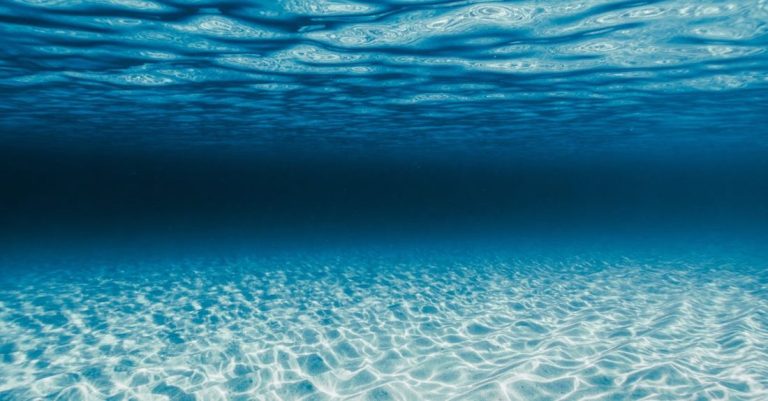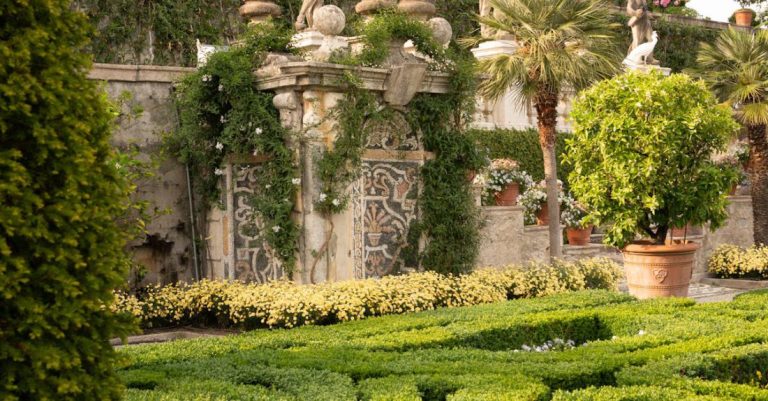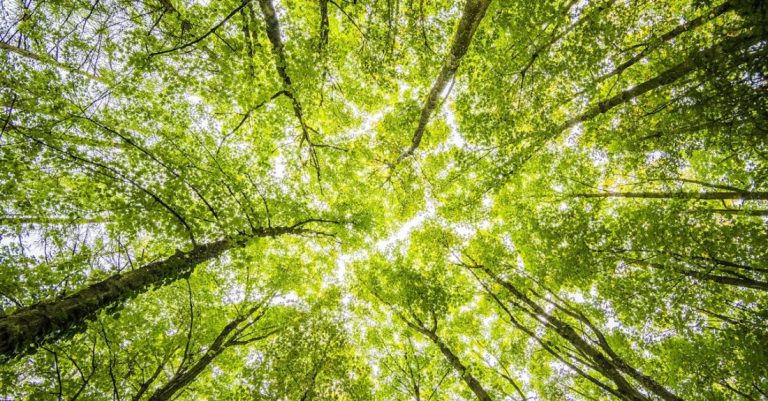
Gardening is a rewarding and enjoyable activity that allows us to connect with nature and beautify our surroundings. However, with water becoming an increasingly scarce resource, it is essential to be mindful of how we use it in our gardens. By implementing some simple water conservation practices, we can help preserve this precious resource while still nurturing our plants and flowers. Here are some practical tips on how to conserve water in your garden.
Mulch for Moisture Retention
Mulching is a highly effective way to conserve water in your garden. By adding a layer of mulch around your plants, you can help retain moisture in the soil, reducing the need for frequent watering. Organic mulches, such as wood chips, straw, or compost, not only help conserve water but also improve soil fertility and reduce weed growth. Be sure to replenish the mulch regularly to maintain its effectiveness.
Choose Drought-Tolerant Plants
Opting for drought-tolerant plants is a smart choice for water conservation in your garden. These plants are adapted to survive with minimal water, making them ideal for low-water landscapes. Consider incorporating succulents, lavender, yuccas, or ornamental grasses into your garden design. Not only will these plants require less water, but they also add beauty and interest to your outdoor space.
Water Wisely
When it comes to watering your garden, it’s crucial to do so efficiently to conserve water. Water your plants in the early morning or late evening to minimize evaporation loss. Use a watering can or drip irrigation system to deliver water directly to the plant roots, avoiding unnecessary runoff. Additionally, monitor the moisture level of the soil to ensure you are not overwatering your plants. Consider investing in a rain gauge to track rainfall amounts and adjust your watering schedule accordingly.
Collect Rainwater
Harnessing rainwater is a sustainable way to conserve water in your garden. Install a rain barrel or cistern to collect rainwater from your roof, which can then be used to water your plants during dry periods. Rainwater is free of chemicals and naturally soft, making it an excellent alternative to tap water for irrigation. Be sure to cover your rain barrel to prevent mosquitoes from breeding and to keep debris out of the water.
Group Plants by Water Needs
Another effective strategy for conserving water in your garden is to group plants with similar water requirements together. This practice, known as hydrozoning, allows you to tailor your watering schedule to meet the specific needs of each plant group. By planting water-loving species in one area and drought-tolerant plants in another, you can avoid overwatering certain plants while ensuring others receive adequate moisture.
Maintain Healthy Soil
Healthy soil plays a vital role in water conservation in your garden. Well-aerated soil with plenty of organic matter helps retain moisture and allows water to penetrate deeply into the root zone. Incorporate compost into your soil to improve its structure and water-holding capacity. Avoid compacting the soil by walking on it or using heavy machinery, as this can hinder water infiltration and root growth.
Consider Xeriscaping
Xeriscaping is a landscaping approach that focuses on creating water-efficient gardens using drought-tolerant plants and sustainable design principles. By embracing xeriscaping techniques, such as reducing turf grass areas, using native plants, and implementing water-saving irrigation methods, you can create a beautiful and environmentally friendly garden that requires minimal water input. Xeriscaping not only conserves water but also reduces maintenance and promotes biodiversity.
In conclusion, conserving water in your garden is essential for sustainable gardening practices. By incorporating these water-saving tips into your garden routine, you can help protect this valuable resource while enjoying a thriving and beautiful outdoor space. Whether you choose to mulch, select drought-tolerant plants, collect rainwater, or practice hydrozoning, every effort counts towards a more water-efficient garden. Start implementing these strategies today and make a positive impact on the environment while nurturing your garden with care.





